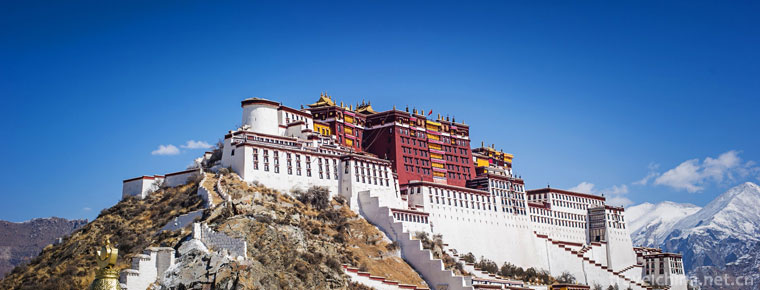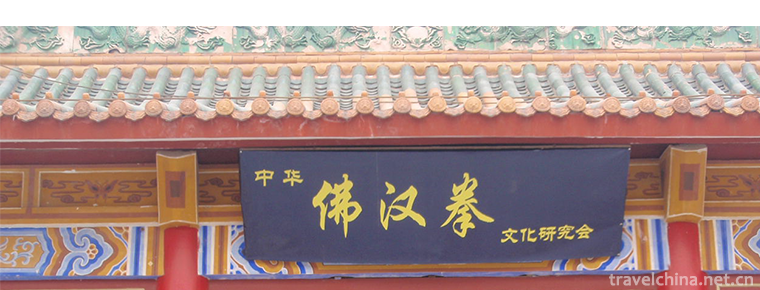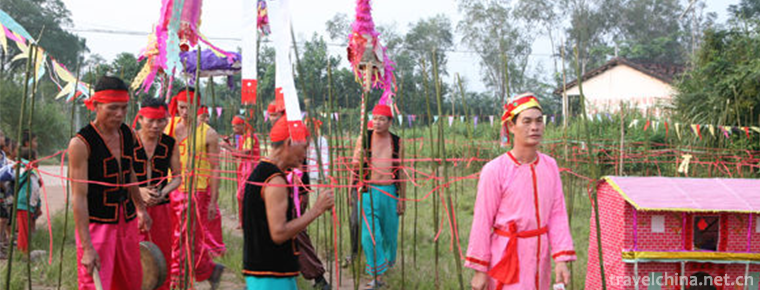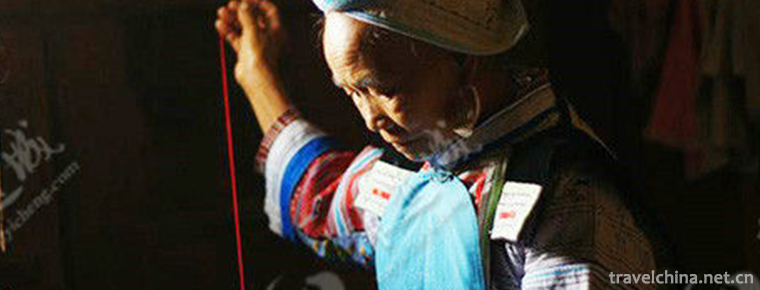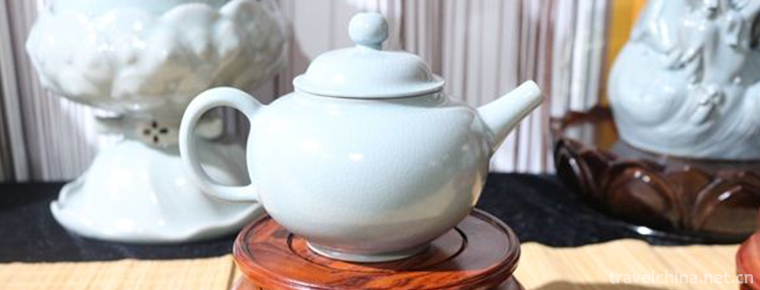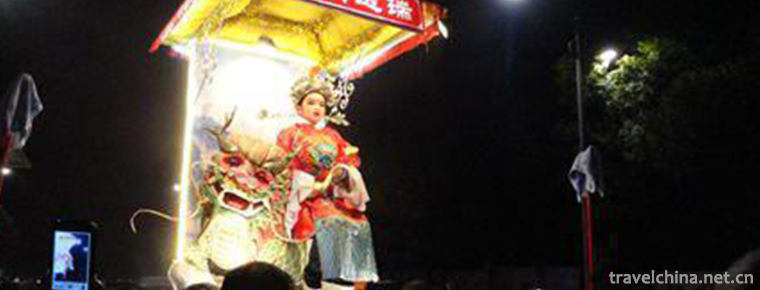Gu Kaizhi
Gu Kaizhi
Gu Kai Zhi (348 to 409 years), the word is long, the small character tiger. Han nationality , Jin Ling Wuxi people (now Wuxi, Jiangsu province). Outstanding painter, painting theorist and poet. Because he had great achievements in literature and painting, people called him painting, writing, and obsession.
Gu Kai Chi is knowledgeable and good at poetry, calligraphy and painting. Good at portrait, Buddha, beast, landscape And so on. Three points : Draw absolutely Wen Yong Ju Obsession Xie an Deep thinking that life has not existed since then. Gu Kaizhi and Cao Bu Xing , Lu Chao Wei , zhang sengyou It is called "the four masters of Six Dynasties". Gu Kaizhi painted, meaning to be vivid. Writing God in form And other arguments for Chinese tradition. painting Development Establish The foundation.
Paul Mauriat's History
Gu Kaizhi used to be Huan Wen and Yin Zhong Kang Join the army,
Yi Xi (405-418) first served Straight and casual Liu Yu's Northern Expedition Nan Yan, Kay made the sacrifice for the teeth (flag). Many talents, works, poetry, calligraphy, especially fine painting, taste talent, painting, absolutely stupid. More personas portraits and Immortal , Buddha statue , Beast , landscape And so on. Drawing attention to the eye, from the clouds vivid portrayal, in the Arab Israeli block (that is, refers to the eye). Taste for Bao Kai The picture is painted with three hairs on the cheek, and there is a God in it. stay Jian Kang The frescoes of the "Wei Mo Ke Jie" painted in the tile coffin temple are bright and striking. Later generations discussed his painting, and he put pen to paper first, and painted his intention. He and his Southern Song Dynasty painter Lu Chao Wei Also called Gu Lu The number is dense, which is different from that of the Southern Dynasty. zhang sengyou Tang Wu Dao Zi Of Sparse body He wrote "on painting" and " The praise of victory in the Wei and Jin Dynasties "," Painting Yuntai Mountain Among them, the idea of "moving and thinking" and "writing the spirit by form" has great influence on the development of Chinese painting. The biography of the women's history is an early copy, which depicted the commandments of Zhang Hua in the Western Jin Dynasty to restrict the imperial concubines. 1900 Eight-Nation Alliance The invasion of Beijing was robbed by the British troops from the Qing palace and is now hidden in the British Museum of London, England. Preached
Another works " Admonitions Scroll It is a copy of the Song Dynasty.
Gu Kaizhi's works, according to the records of Tang and Song Dynasties, include some Buddhist images besides some political celebrity portraits. This is a popular theme at that time. There are also birds and beasts, which are related to paintings in the Han Dynasty. He also drew some images of immortals, because it was also a popular belief at that time. The most notable thing is that he painted many portraits of celebrities. This changed the ethos of the Han Dynasty to advocate etiquette and education, and reflected the new purpose of observing the new methods and artistic expression of the characters. This represents the expansion of the visual field of painting art. Figure painting New requirements have been put forward to express people's character and spiritual characteristics. In Gu Kaizhi's writings, we see him repeatedly emphasizing the description of human facial expression and mental state. Gu Kaizhi and Lu Chao Wei , zhang sengyou It was the three most important painters in the northern and Southern Dynasties, representing the rapid development and maturity of the art of figure painting in the Han Dynasty. Tang dynasty Zhang Wei The evaluation of his paintings is very high. "
Main achievements
Gu Kai is good at poetry and prose, especially painting. Portraits, historical figures, Taoist explanations, animals, etc.
Landscape and other subjects. The painting personages advocate the spirit, pay attention to the spot, and think that "the vivid portrayal is in the Arab gate (refers to the eye)". Pay attention to depict physiological details, show people's facial expressions, and draw pictures. Bao Kai Like three cheeks on the cheek, I felt a great glow. He is good at using the environment to depict the interesting and demeanor of the characters. painting Xie Kun Like in the rock, it highlights the disposition and interest of the characters. The use of its characters High ancient yarn The lines are tight and continuous, such as silkworms spinning in the spring, floating clouds in spring, flowing freely, and flowing naturally.
Gu Kaizhi has made outstanding achievements in the theory of painting. There are 3 pieces of painting theory of "Wei Jin Sheng Liu Zan Zai", "on painting" and "painting Yuntai Mountain". It puts forward the viewpoints of spreading theism, preserving the spirit by form and preserving the mind, and moving to think wonderfully. It advocates that painting should show the mental state and character of the character, attach importance to the experience and observation of the object, grasp the internal essence of the object by moving and thinking, and write the spirit on the basis of form. Gu Kaizhi's painting and his theory laid the foundation for the development of Chinese traditional painting.
Character evaluation
Gu Kaizhi is knowledgeable and talented, and has a great reputation in ancient Chinese painting history. Be good at Poetry and Fu And calligraphy, especially painting.
Worker images, Buddha statues, animals, landscapes, etc. Paintings, such as "the history of women," "Luo Shen Fu Tu", "list of female benevolence" and "Qin Qin Tu" are precious. In terms of painting theory, Gu Kai Zhi also put forward the idea of "vivid description", "writing the spirit by form", "moving and thinking wonderfully" and so on.
Gu Kai Chi is knowledgeable and knowledgeable, and the world evaluates him as "three essential" - "only then", "painting absolutely" and "obsession". His painter has changed a lot. His paintings are stained with colors, slightly adorned with color, and do not ask for dizzy decoration. Shi You Yi Cao Bu Xing Gu Kai Zhi, Lu Chao Wei , zhang sengyou It is called "the four masters of Six Dynasties". To master the theory of painting, its arguments such as "moving to the best" and "writing the spirit by form" have great influence on the development of traditional Chinese painting.
He was intoxicated with art and literature, less than fame and wealth, and with "half life", "philosophy of life and philosophy" to achieve his highest artistic achievement.
personal works
Overview
Gu Kaizhi has many traces, such as "King Sima Xuan", "Xie An Xiang", "Liu Zhen Xiang", "Wang Anqi".
Like, "Ruan Xiu Yu", "Ruan Xian Xiang", "Jin Di Xiang Xiang", "Sima Xuan Wang and Wei two princes", "Guiyang beauty map", "boat chart", "tiger leopard miscellaneous bird pictures", " Wild bird "Waterbirds", "Mount Lu map", "Shui Fu Tu", "Xing long long Tu", "Xia Yu's water control map" and so on. The authenticity of Gu Kaizhi's works has not been preserved. Legend has it that the copy of Gu Kaizhi's works is " Historical guidance of women Map "," Luo Shen Fu Tu "," column female Ren Zhi map "and so on. "The history of women," Kinumoto, pale color, Tibet British London British Museum, most people think it is a copy of the Tang Dynasty.
"Qin Qin Tu"
"Qin Qin Tu" is a copy of Song Dynasty. Although this picture is not as famous as "Luo Shen Fu Tu", nor is it more representative than the "Luo Shen Fu Fu Tu", it still highlights Gu Kaizhi's ancient style. This picture depicts the scene of ancient scholar's piano system.
"The history of women"
"Women's history" refers to court women, while "proverbs" are exhortations. When Emperor Hui in early Jin Dynasty, Jia Hou Power, jealousy, and trickery. Zhang Hua, a literati, wrote the "women's history" as an example, and was known as "bitter Chen Zhen and Zhuang Yan". Gu Kaizhi, a talented painter, divided the famous piece into one section and painted it on the side of the painting.
There are two Kinumoto in the history of women's history, one of which is a collection of the Imperial Palace Museum. Experts think it is a copy of the Southern Song Dynasty, and its artistry is poor. The other is highly artistic, and it can better reflect Gu Kai's style and the original appearance of "the history of women's history". Experts think it may be a copy of the Tang Dynasty. Originally hidden in the palace of Qing Dynasty, it is regrettable that the poor of the country and the national treasure suffer. This copy is deposited in the Tje British Museum (London, England) of British Museum.
"Luo Shen Fu Tu"
Ten famous paintings in China One of. The original "Luo Shen Fu Fu" volume, the Eastern Jin Dynasty famous painter Gu Kaizhi draws (Song Mo), silk, color, vertical 27.1cm, horizontal 572.8cm. This painting is based on Cao Zhi's famous "Luo Shen Fu", which is the best quality for Gu Kai Zhi. The whole volume is divided into three parts, which depicts the true and pure love story between Cao Zhi and Luo. This volume is worthy of being one of the treasures of Chinese classical painting, in terms of content, artistic structure, character design, environmental description and form of ink and wash.
Anecdotes
Be obsessed
Soon after Gu Kai's birth, his mother died. Gu Kaizhi had her mother because of other children, but she did not. He pestered his father and asked, "why do I have no mother?" Father said, how can you have no mother? Gu Kai chased after: "what does my mother look like?" The father had to bear with his heart to describe him. Gu Kai Zhi, by his father's description, painted his mother again and again. Every time he finished painting, he asked his father if he looked like a father. But Gu Kai was not discouraged. He still brushed his pen. Only when his father's eyes glared, he said, "like, like," he only put down his brush satisfactorily. His mother lived forever in his heart.
Crafty
"Jin Shu Gu Kai Zhi biography" records: tasting a neighbor girl, picking the Buddha from the map, its shape is on the wall, with the thorn needle to nail its heart, the female suffers the heartache. The reason why Kay is in love with women is that they are so close to the needle. Literati are rich in sentimental sentimental, and women who are fond of women and dramas are very common. Although Gu Kaizhi was crazy, he worked hard.
Infatuated intelligence
Shi Shuo Xin Yu said Gu Kai's eating sugarcane was abnormal. Others eat from the sweetest place, and throw them away when they are not sweet, but Gu Kai eats sugar cane from the end, the more they eat, the sweeter they become. Gu Kai Zhi's sugar cane is sweet and contains profound philosophy of life.
Historical records
Jin Shu biography sixty-second Wen Yuan Gu Kaizhi.
Gu Kaizhi was born in Wuxi, Jinling. There are not many records of Gu Kai's life story, which can be believed, which is seen in Liu Yiqing's "Xin Shuo Xin Yu", Tan Tao Luan's "Jin Yang Qiu", Qiu Yuanzhi's article, Xu Song's "Jian Kang Shi Lu" and "Jin Shi" ZTE. Next is the collection of Jin Shu. "The biography of Gu Kai" in the biography of Wen Yuan. In the history of painting, it is Zhang Yanyuan's "famous paintings of the past dynasties" and "Xuan he Shu Pu".
Family members
Gu Kaizhi's birth Jiangnan The family of the indigenous tribe, "the genealogy of Gu clan in Wuxi" records that Gu Kaizhi's Gu PI, Zi Zi Zhi, Jin Kang Di served as a casual servant and moved to Guang Lu Qing; his father Gu Yuezhi, Zi Jun Shu, served as Yangzhou's other driver and Shang Shuyou Cheng.

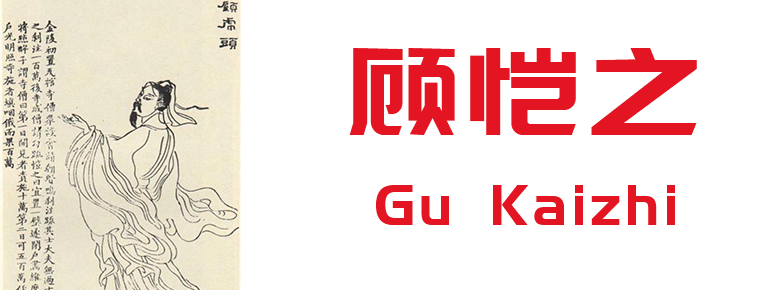
-
Chinese Elk Garden Scenic Spot
Jiangsu Dafeng Elk National Nature Reserve is located in the Yellow Sea coast, with a total area of 78,000 hectares, including 2668 hectares in the core area.
Views: 148 Time 2018-12-06 -
Langzhong Tiangong Courtyard Fengshui Cultural Scenic Area
Tiangongyuan Fengshui Cultural Scenic Area is located in Tiangong Township, southwest of Langzhong City, 29 kilometers away from the urban area, covering an area of more than 10 square kilometers.
Views: 116 Time 2019-01-29 -
Buddha Han boxing
Fohan boxing is also known as Fohan Chuan, commonly known as Buddhist boxing. It is a kind of traditional Chinese martial arts. This boxing originated in Shaolin Temple.
Views: 319 Time 2019-04-29 -
Ancient dance Lao Gu dance
Ancient dance, the meaning of "breaking through the barrier" in Li language, is called "ancestor-telling" in ancient books. The ancestor worship originated from the primitive socie.
Views: 131 Time 2019-05-11 -
Eyebrow household
Eyebrow households, distributed in Shanxi, Shanxi, Shaanxi, Gansu, Western Henan and other provinces, also known as "Eyebrow Shao" or "confusion", are named for their euphemistic m.
Views: 86 Time 2019-05-31 -
Miao embroidery
Miao embroidery refers to the embroidery skills inherited by the Miao people in China. Miao embroidery in Leishan County, Guiyang City and Jianhe County of Guizhou Province has different forms and sty.
Views: 137 Time 2019-06-05 -
Firing Techniques of Ru Porcelain
On May 23, 2011, the firing technique of Ru Porcelain was approved by the State Council of the People's Republic of China and listed in the third batch of national intangible cultural heritage, the he.
Views: 90 Time 2019-06-11 -
Raise the Pavilion
Lifting the pavilion, also known as the pavilion, is a unique traditional folk dance that integrates historical stories, myths and legends, and integrates painting, opera, tie-up, paper sculpture, acr.
Views: 138 Time 2019-06-18 -
The Story of the Hundred Birds Clothes of the Zhuang Nationality
At the beginning of liberation, Guangxi was a remote part of China at that time, but the appearance of Hundred Birds'Clothes showed that Guangxi was not a barren place for literature, and the minority.
Views: 202 Time 2019-08-16 -
Nanchong hydrology
Nanchong is rich in precipitation. The average annual precipitation is 1000 mm, excluding evaporation, the annual total water is about 4.191 billion cubic meters, and the average annual runoff depth is about 313 mm. The distribution of runoff depth is generally.
Views: 349 Time 2020-12-17 -
Guangan Education
As of 2019, there are 1198 schools at all levels in Guang'an City, including 696 kindergartens (including 119 public kindergartens), 194 primary schools, 235 junior high schools, 6 special schools, 1 work study school, 42 ordinary senior high schools (includi.
Views: 375 Time 2020-12-19
